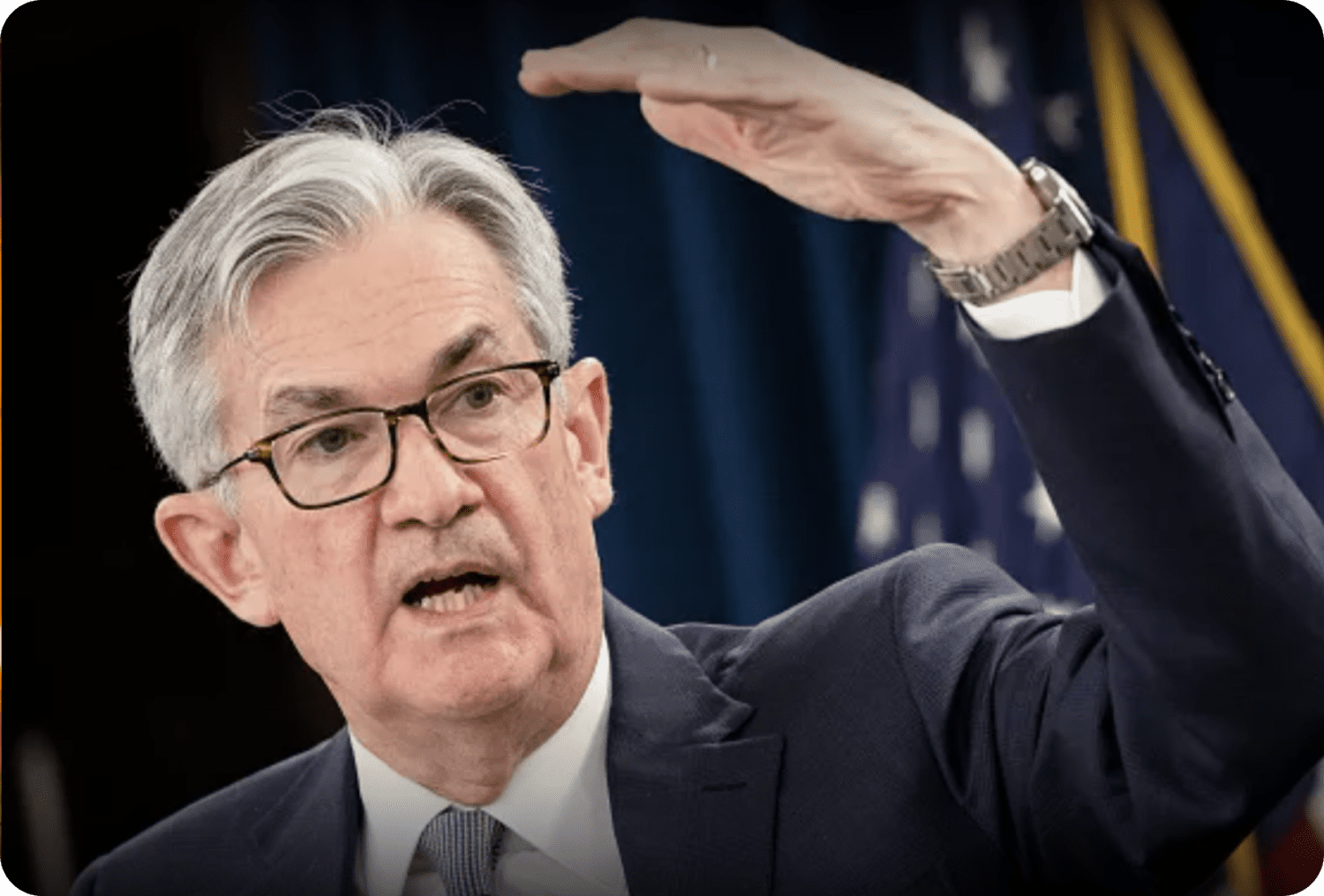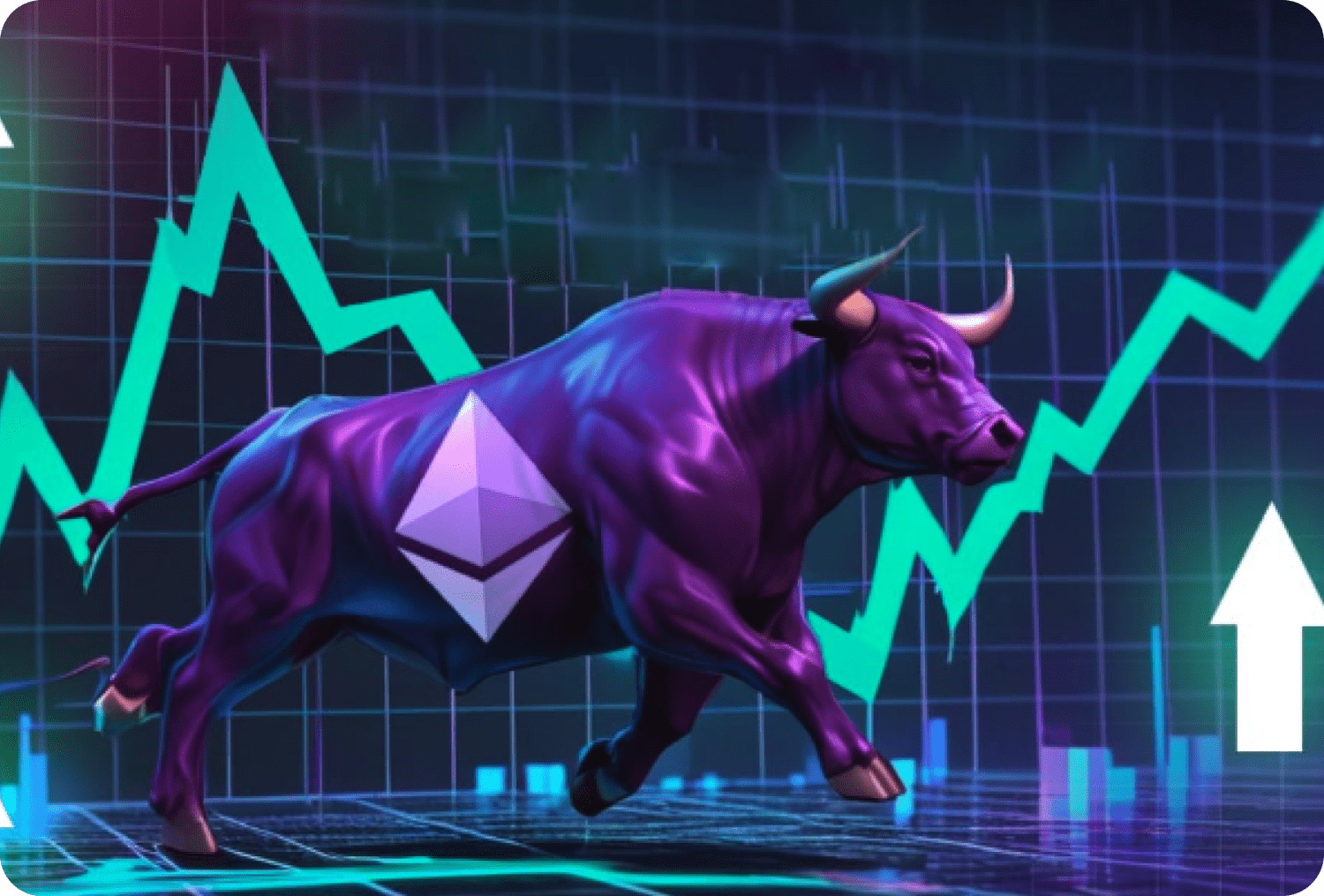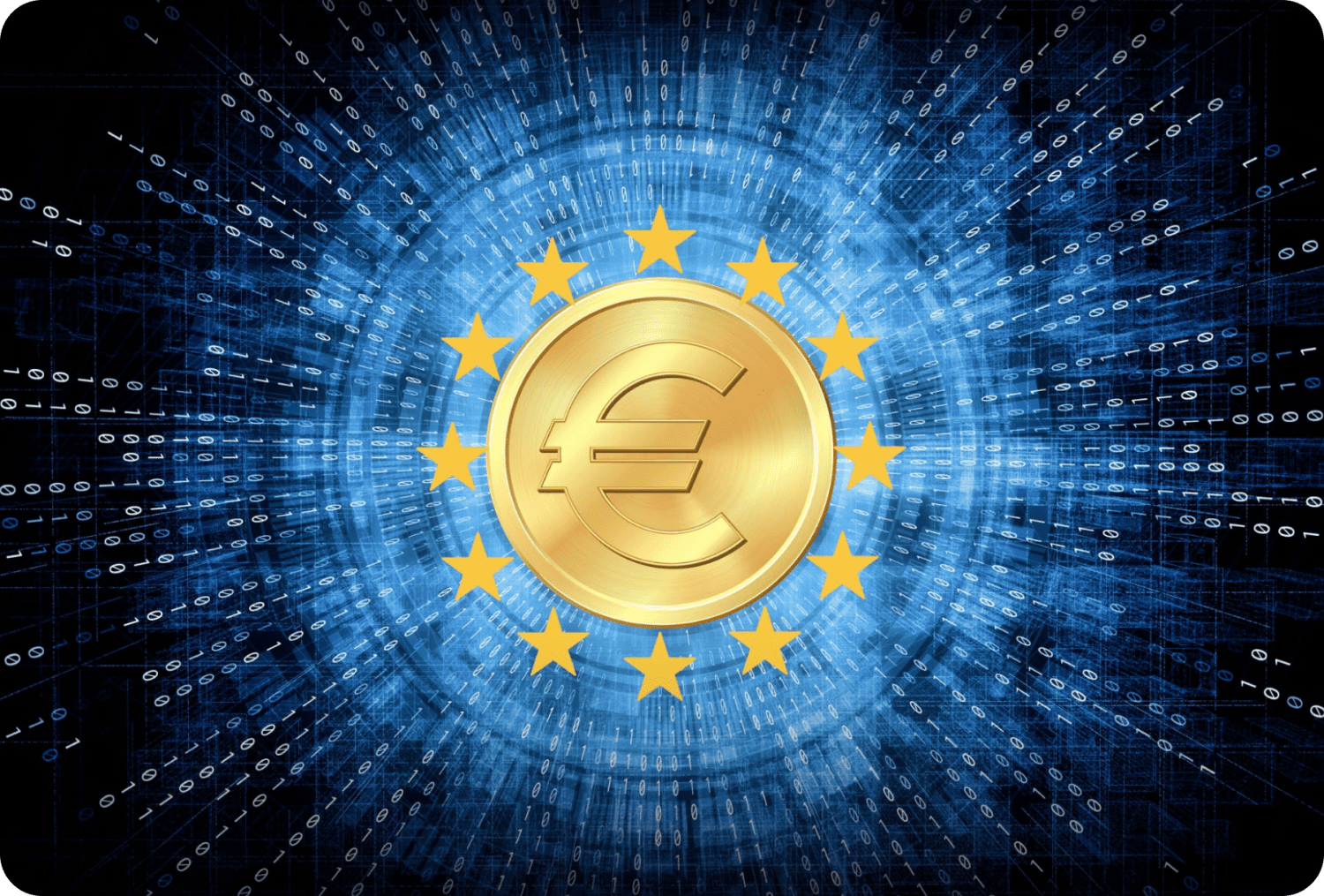Over the past two weeks, the crypto market has seen major milestones and sharp turns. Bitcoin reached a new all-time high of 105.000 € (124.457 $) before sliding into a correction. Then Jerome Powell’s speech at Jackson Hole turned the market around within minutes. His dovish tone on interest rates sparked a rebound across risk assets, propelling Ethereum to reclaim its 2021 all-time high.
Meanwhile, the EU began exploring Ethereum and Solana as options for its digital euro, and Qubic’s controversial 51% attack raised questions about the security of proof-of-work blockchains. Here’s a full recap of what shaped the market in the last 14 days.
Sharp Correction after BTC Reaches ATH on August 14th
On August 14, Bitcoin (BTC) hit a new all-time high of 105.000 € (124,457 $), fueled by optimism in the markets and a wave of inflows into crypto. Other cryptocurrencies joined the rally, with Ethereum (ETH), Solana (SOL), and Chainlink (LINK) all moving strongly higher. For a brief moment, the entire crypto market seemed to be in full bull mode.

But the celebration didn’t last long. Over the following days, Bitcoin dropped sharply — sliding below $119,000 and then further down to around $117,000. The pullback was triggered by a mix of factors:
- US inflation data: The July CPI report came in stable at 2.7%, but the hotter-than-expected PPI (producer prices) raised fears that inflation isn’t cooling fast enough. This lowered hopes for quick Fed rate cuts.
- US Treasury comments: Treasury Secretary Scott Bessent confirmed that the US government would not be buying Bitcoin for its reserves. The news removed speculation of a big new buyer and added to selling pressure.
By August 22, Bitcoin had fallen to $112,000 and remained in a clear downtrend. The Fear & Greed Index dropped to the mid-40s (“Fear”), showing that investor confidence weakened quickly. Despite the correction and cautious sentiment in the market, institutional interest remained strong as many big players bought the dip. Still, yesterday ended on a very different note than many expected earlier in the day, as all eyes turned to Federal Reserve Chair Jerome Powell’s long-awaited speech at Jackson Hole.
👉 Beginner tip: Speeches like Powell’s matter because the Federal Reserve controls US interest rates, which affect the whole global market. If rates are expected to fall, investors often move more money into riskier assets like crypto. If rates stay high, markets can remain under pressure.
Powell’s Speech Sparks Market Rebound

After days of selling pressure and fear dominating the market, all attention turned to Federal Reserve Chair Jerome Powell’s speech at the annual Jackson Hole symposium. Investors were waiting for signs of what the Fed might do next — and they got them.
Powell struck a more cautious but “dovish” tone, hinting that the Fed could consider cutting interest rates as early as September. That was all the market needed to hear. Bitcoin (BTC) quickly rebounded from its lows near $111,600 and surged 2%, back to around $116,000 within minutes. Other risk assets, from Ethereum to stocks, also moved higher.
The sharp bounce and Powell’s comments shifted sentiment from fear back into the 60s range, signaling cautious optimism and slight greed. The US dollar weakened, which often supports Bitcoin, since many investors view BTC as a hedge against currency debasement. Analysts noted that the market could remain volatile in the short term, but a confirmed rate cut in September would be a strong positive signal.
Ethereum Steals the Show and Reclaims ATH 🚀
While Bitcoin managed to recover about 5% and climb back to $117,000 after Powell’s speech, Ethereum (ETH) stole the show. ETH jumped over 12% in a single day, reclaiming its 2021 all-time high of $4,870 (€4,720) — a milestone many thought was still months away. For the first time in years, Ethereum clearly outperformed Bitcoin, showing where market momentum is shifting.
ETH’s rally has been supercharged by its unique sensitivity to interest rates. Analysts call it the “most rate-sensitive asset in crypto” — and Powell’s dovish hints at upcoming rate cuts in September sent ETH rocketing higher almost instantly. When liquidity enters the market, ETH tends to benefit first, thanks to its central role in DeFi, staking, and the broader crypto ecosystem.

Since April, Ethereum is already up more than 250%, rising from $1,385 to nearly $4,900. ETF inflows, corporate treasuries adding billions in ETH, and renewed institutional interest have all combined to fuel this move. With supply shrinking and demand accelerating, many analysts are now openly talking about the next targets: $5,000 in the short term, $7,500 by the end of the year, and even $13,000 in the coming months if current momentum holds.
Meanwhile, Bitcoin’s dominance has slipped below 60% for the first time since March. In simple terms, altcoins are now surpassing BTC. You can see the switch happening in front of your eyes: Ethereum leading, other altcoins following, and Bitcoin no longer the only driver of the market. Altseason is no longer a question — it has arrived.
👉 Beginner takeaway: When Ethereum reclaims old highs and starts outperforming Bitcoin, it’s often a signal that altcoins could keep gaining strength. This doesn’t mean every altcoin will rise, but it does mean the market is broadening beyond just Bitcoin — something worth watching.
EU Considers Ethereum and Solana for Digital Euro 💶

The European Central Bank (ECB) is taking a serious look at using Ethereum (ETH) and Solana (SOL) as the foundation for its planned digital euro. This would mark a big change, since most central banks — like China with its digital yuan — are building private, closed systems. A public blockchain, on the other hand, is open for everyone, transparent, and secured by decentralization.
Why is this important? Public blockchains like Ethereum and Solana already power millions of transactions every day across DeFi, NFTs, and payments. By considering them for the euro, the EU would be recognizing the reliability of these networks on a global scale.
Of course, the move comes with both opportunities and challenges. On the positive side, it could speed up adoption, attract investment, and link Europe’s financial system with the fast-growing blockchain world. On the other hand, public blockchains are harder to control, which could raise concerns for regulators about privacy and oversight.
For now, the ECB has not made a final decision, but the fact that ETH and SOL are even in the conversation is a major milestone.
👉 Beginner takeaway: If Ethereum or Solana are chosen, it would mean crypto technology is officially trusted at the highest financial level in Europe. That could bring more legitimacy, more adoption, and potentially more value for these coins in the long run.
Qubic’s 51% Attack on Monero – Dogecoin Could Be Next

One of the biggest stories outside Bitcoin and Ethereum this August came from the Qubic network — a project that uses AI to guide its mining community. Qubic recently carried out a 51% attack on Monero, a privacy-focused cryptocurrency. This means they gained control of more than half of the mining power, which let them temporarily reorganize Monero’s blockchain. While Monero’s network is still running, the attack raised major concerns about security for coins that rely on proof-of-work mining.
Even more alarming, the Qubic community has now voted to target Dogecoin (DOGE) as its next move. DOGE is one of the largest and most popular cryptocurrencies, with a market cap of over $35 billion — which means any disruption could have a major impact on investors’ confidence.
Some experts say the Monero incident shows how vulnerable certain blockchains can be when mining power becomes too concentrated. Others argue that Qubic exaggerated its success. Still, the fact that exchanges like Kraken temporarily suspended Monero deposits after the attack shows that the risk is real.
👉 For beginners, here’s the key point:
A 51% attack is dangerous because it gives one group too much control over a network. While Bitcoin and Ethereum are considered safe due to their huge size, smaller networks like Monero — and even Dogecoin — can face these risks. It’s a reminder that when looking at coins, price isn’t the only factor — network security matters too.
The past two weeks showed just how quickly crypto can shift: new records, central banks recognizing blockchain, and serious reminders about network security.
Bitcoin may still lead, but Ethereum and altcoins are increasingly taking the spotlight. For beginners, the key is to watch both opportunity and risk — because crypto’s story is unfolding not just day by day, but in every decision by institutions, governments, and communities.
This article does not contain investment advice or recommendations. Every investment and trading move involves risk, and readers should conduct their own research when making a decision.
CRYPTO NEWS MADE SIMPLE
Every week, get beginner-friendly crypto news – explained clearly, with tips on how to use it for investing.
Only useful crypto tips. No noise.






